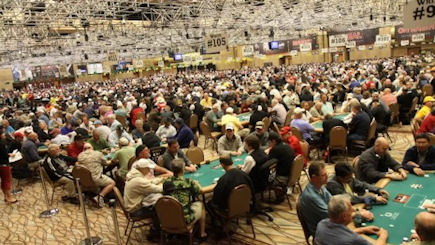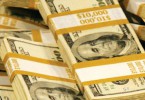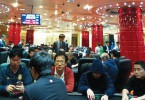In 2014, the World Series of Poker marked 10 years since moving from Binion’s Horseshoe Casino to the Rio by announcing a guaranteed US$10 million to the winner. It was a nice bit of publicity for the WSOP and a well-earned payday for Martin Jacobson who topped the field of 6,683 players.
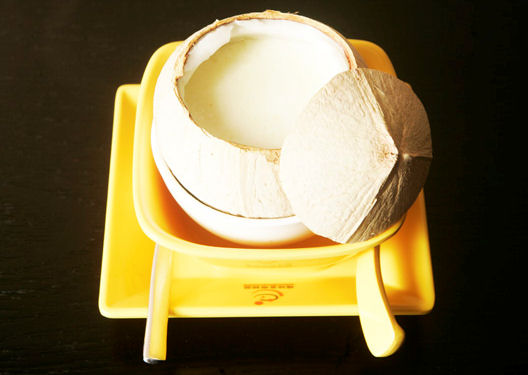
It wasn’t quite so good for the rest of the field though, with the extra money directed to the winner (the standard payout system would have seen him collect around US$8.3 million) taken out of the same prize pool used to pay everyone else that made the money.
As a one off to celebrate the 10th anniversary we have no problem with the US$10 million up top last year, but a number of top players have been critical over the years of the top-heavy payout structures adopted by tournaments around the globe.
With this in mind, the WSOP has taken a huge step in the right direction this year by not only dropping the winner’s purse back down but also guaranteeing 1,000 players will make the money (as opposed to 693 last year).
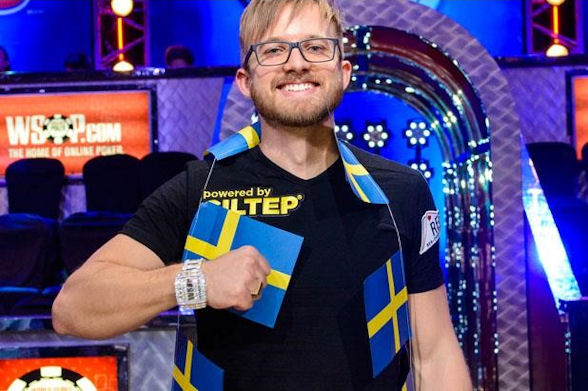
Martin Jacobson took home US$10 million by winning the 2014 WSOP Main Event
WGM Daily spoke to a number of top players from the Asia-Pacific region during the recent Aussie Millions and every single one of them supported the new structure. Their reasons were that a greater chance of making the money is more likely to attract casual players and that more players being paid means less going home broke – therefore returning to play again in the future. They also pointed out that while a slightly smaller payout wouldn’t make much different to the pros, simply making the money can be a huge deal to an amateur player who has qualified for the Main Event via cheaper satellites.
In summary, more players making money means more of them coming back, which in turn means bigger fields and bigger prize pools. It’s all positive.
For the record, PokerStars currently pays 12.5 percent of the field for its events in Macau plus APPT and ANZPT events across Asia-Pacific but APPT President Danny McDonagh told us this week he is open to increasing that number to 15 percent. We would certainly support such a move.

